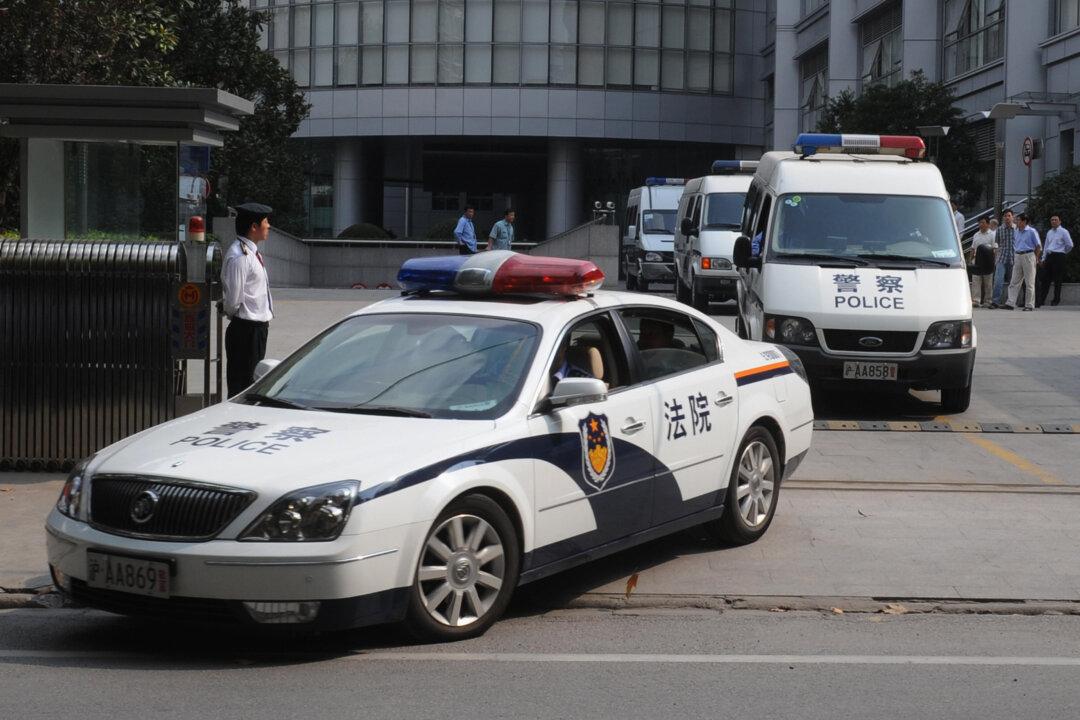After a social-media expose, China’s Supreme People’s Court, the country’s highest court, has confirmed that in 2016, it lost a set of important files related to a complex civil lawsuit, but failed to report the loss to police.
Cui Yongyuan, a well-known TV talk-show host in China, said in a Dec. 29 post on Sina Weibo, a Twitter-like social-media platform, that a judge in the civil division of the Supreme People’s Court discovered that files related to a mining company’s contract dispute in Shaanxi Province were stolen from his office. Cui didn’t indicate how he came to know the information.





